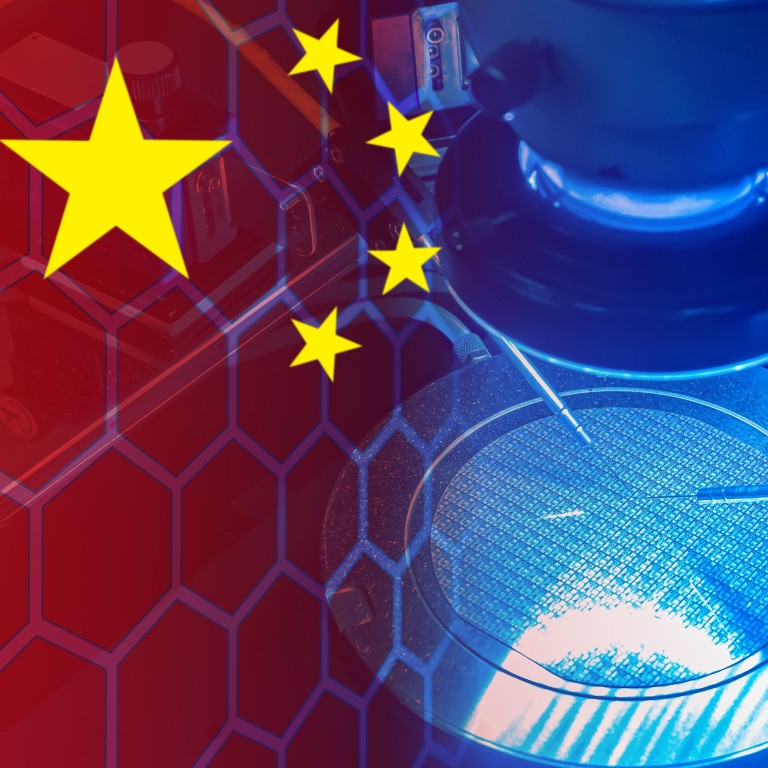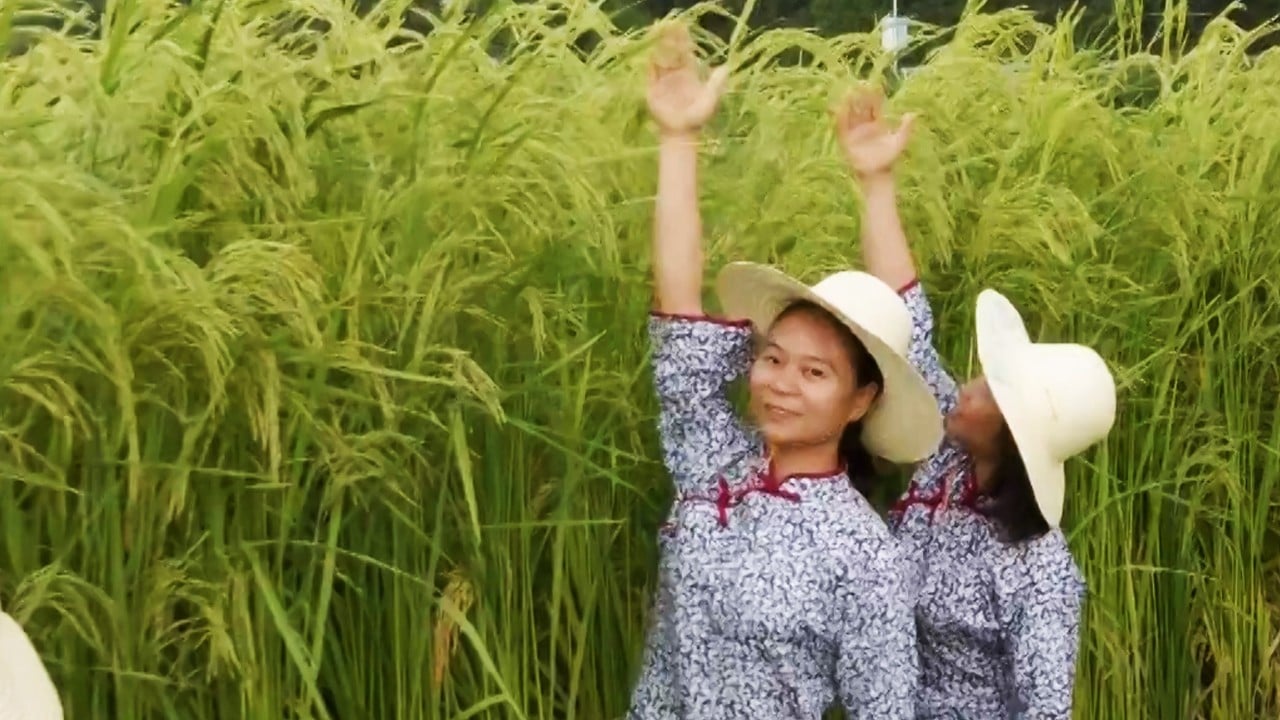
China moves up global innovation ranks to No 11 spot in WIPO charts
- Shenzhen-Hong Kong-Guangzhou named second-best science and technology cluster in the world, followed by Beijing
- Premier Li Keqiang notes China is the only middle-income economy to make it into the world’s top 20 in the annual listing
The latest index was released by the World Intellectual Property Organization (WIPO), with Switzerland in first place for the 12th consecutive year. The US overtook Sweden to take the second position.
China has launched the world’s most powerful magnet for scientific research
Chinese government leaders have been closely following the list, which is published by WIPO in partnership with the Portulans Institute and attracts attention from the world’s leading universities.
China’s ambassador and permanent representative to the UN office in Geneva Xu Chen conveyed Beijing’s acknowledgement of the listing on Friday, via social media platform Twitter.
“Chinese Premier Li Keqiang sent warm congratulations on the launch of GII 2022. China ranks 11th in 132 economies, being the only middle-income economy to make it into the top 20,” Xu said.
The index uses 81 indicators to define and measure key innovation, based on international public and private data sources. It takes into consideration not only published scientific papers, but also other general factors including social impact, business models and technical aspects.
With its advantages in scale and economics, the US ranks first in 15 of the indicators, including global corporate R&D investors, venture capital investors, the quality of its universities, the quality and impact of its scientific publications, and the number of patents by origin.
China has seen an increase in innovation, scoring best in nine indicators. They include domestic market scale, number of firms offering formal training, patents by origin, utility models by origin, labour productivity growth, trademarks by origin and creative goods exports.
China is also moving forward in regional development. In the index’s ranking of the world’s top 100 science and technology (S&T) clusters, Shenzhen-Hong Kong-Guangzhou are in second place, with Beijing at No 3.
And, for the first time, China is on a par with the US, each holding 21 of the top S&T clusters, which overall are highly concentrated in North America, Europe and Asia.
How blowing hot air propelled Chinese scientists to energy storage breakthrough
In its accompanying report, WIPO said the global pandemic, leading to a prolonged, worldwide economic standstill followed by the conflict in Ukraine would be likely to have an impact to global innovation.
“Contrary to the common sense of the public, science and innovation investments were thriving despite the Covid-19 pandemic in 2021. That might be explained as a rebound from the 2020 slump, but their continued resilience is uncertain for 2022 with challenges in translating innovation investments into impact,” it said.
On the future of innovation-driven growth, the report on this year’s index sketches out two novel waves, starting with a digital age built on supercomputing, artificial intelligence and automation, which has great influence on productivity in all scientific research areas, according to the report.
The second is a deep science innovation wave built on breakthroughs in biotechnologies, nanotechnologies, new materials and other sciences, which correspond to health, food, environment and mobility.
The report also noted that Asia was catching up rapidly to Northern America and Europe. But the gap with other regions, notably Latin America, the Caribbean and sub-Saharan Africa, needs urgent attention.
“Innovation is at a crossroads as we emerge from the pandemic. While innovation investments surged in 2020 and 2021, the outlook for 2022 is clouded not just by global uncertainties but continued underperformance in innovation-driven productivity,” WIPO director general Daren Tang said.
“We need to pay more attention to not just investing in innovation, but how it translates into economic and social impact.”


